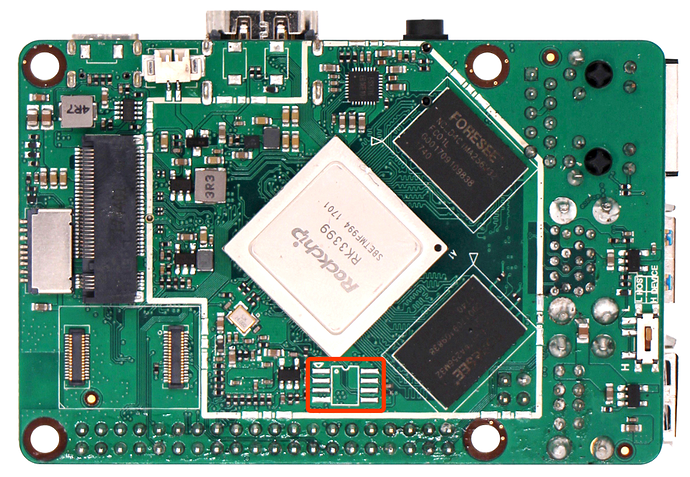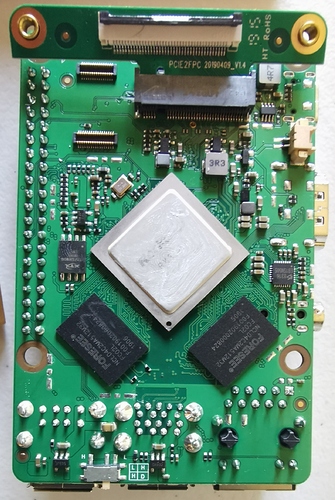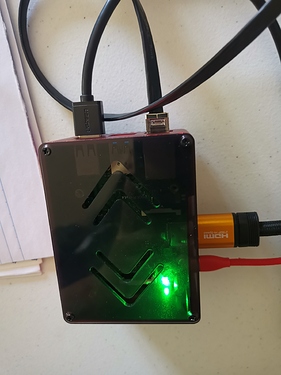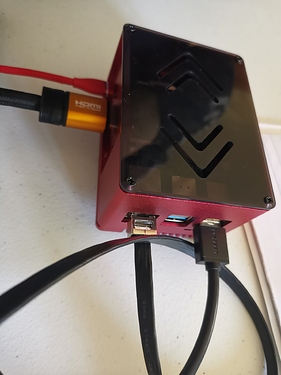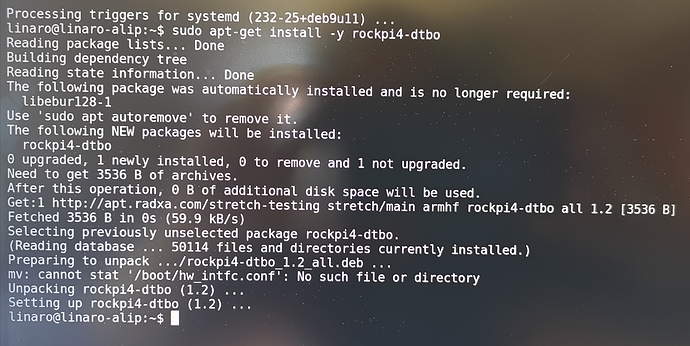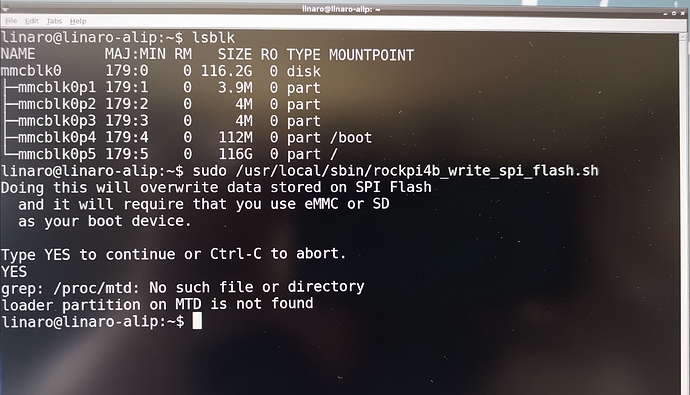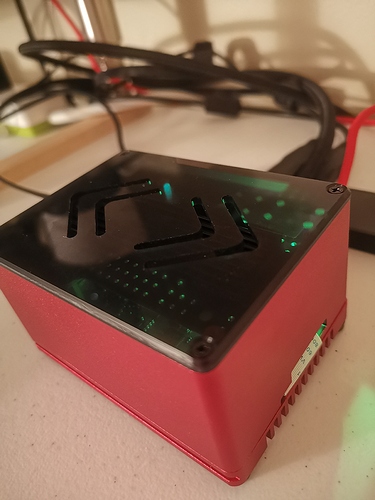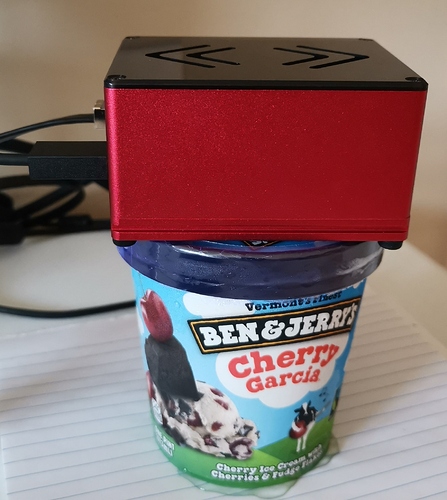Thank you for taking the time to sort out things for my issue. I’m really grateful!
I have no eMMC. After burning the OS image from wiki.radxa - Debian Stretch, with Etcher, to a Kingston Canvas Go 128GB SD card, on a windows machine, I plug the SD card into ROCK PI 4A, and then plug the power line into the pi. The pi boot with a steady green LED, and then the smaller blue LED next to the green one will flick, from time to time. The screen shows the desktop image of Deiban Stretch without any boot sequence (I also booted Armbian, which has a long loading sequence such as “starting network manager”, “starting MAN db” , etc).
I use LX terminal because this is the only terminal native to Debian stretch for Rock Pi that allows me to change the font size to 20.
If I follow the instruction verbatim, I cannot reboot. This happens everytime I wipe a SD card with Debian image with Etcher, starting the sequence again – same ending.
Here’s the important story line, I guess –
- If I “sudo apt-get install -y linux-4.4-latest” immediatly after the first time boot from a clean Debian image on a SD card, it says there’s no such thing as linux-4.4-latest.
- After adding apt.radxa.com/$DISTRO and adding public key, I update && upgrade with a lot of things installed. At the end it suggests me to reboot when convenient. So I reboot. No problem here.
- If I “sudo apt-get install -y linux-4.4-latest” at this juncture, it installs linux-header-4.4-154-armhf, linux-4.4-latest, and linux-4.4.154-rockchip (something like that). Then Debian stretch reboot without a problem.
- So I proceed with installing rockchip-fstab, rockchip-overlay, and rockpi4b-rk-u-boot-latest. Reboot, everything’s fine.
- If I check to see if there’s a file /boot/hw_intfc.conf, no this file is not there yet.
- Now I install rockpi4-dtbo. It says:
mv: cannot stat ‘/boot/hw_intfc.conf’: no such file or directory
unpacking rockip4-dtbo(1.2)…
setting up rockpi4-dtbo(1.2)…
after this I run update and upgrade again, this time it fetched a “libatomic1” to install. So I agree to let it be installed.
- Now the /boot/hw_intcf.conf is there. I changed intfc.conf to UDART4=off, SPI1=on, and commented out spi1-flash. Save and exit.
- Reboot. It can reboot, but after typing YES to execute the rockpi4b_write_spi_flash.sh, I receive the following error:
So this is the second scenario, which I changed the sequence of the instruction, installing rockpi4-dtbo last and update and upgrade one more time after installing rockpi4-dtbo.
At this point, if I repeat the instruction sequence according to the wiki webpage, it says all those things are already the latest version. If I restart, and redo the .sh command, it gives me the same answer-NO!
The third scenario is that if I skip the linux-4.4-latest entirely, I get the same result when trying to run the flash script: no mtd.
Thank you for all the pointers. Thank you for even just reading this much!
